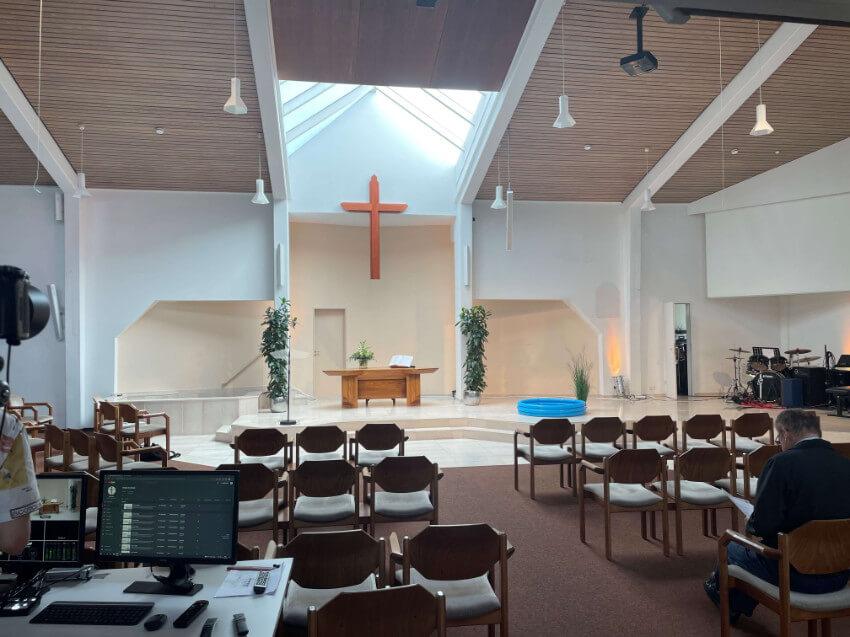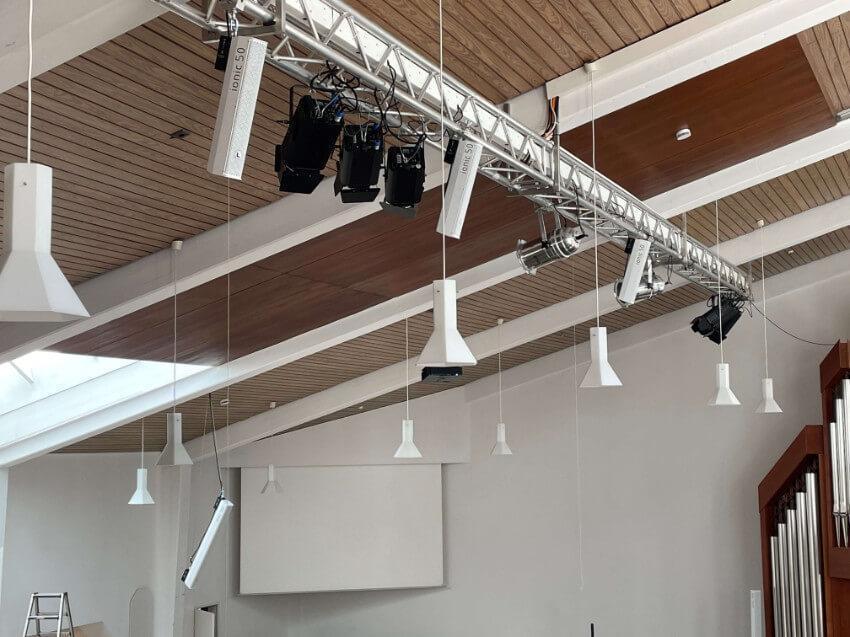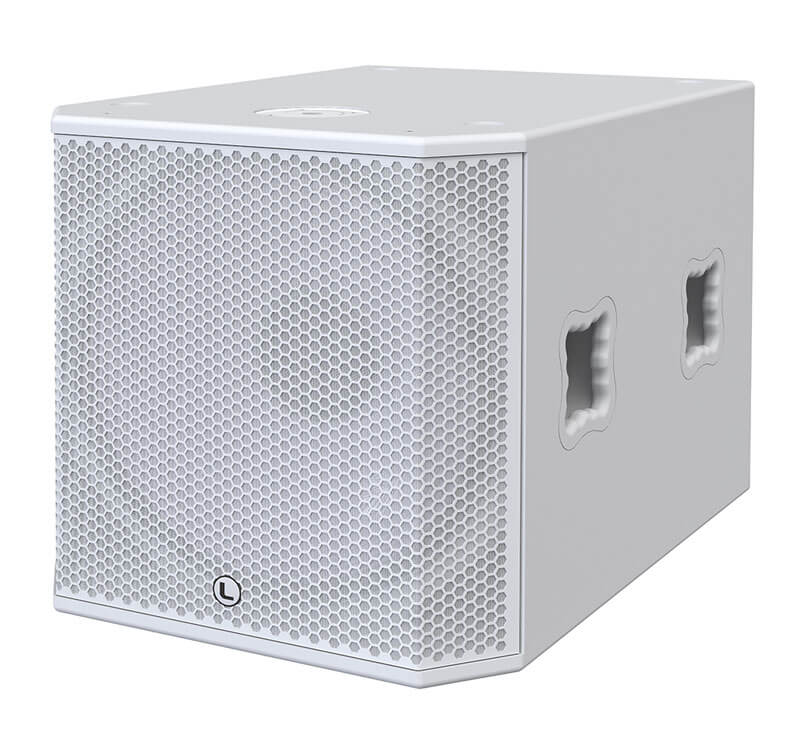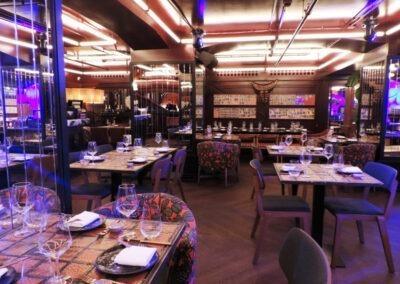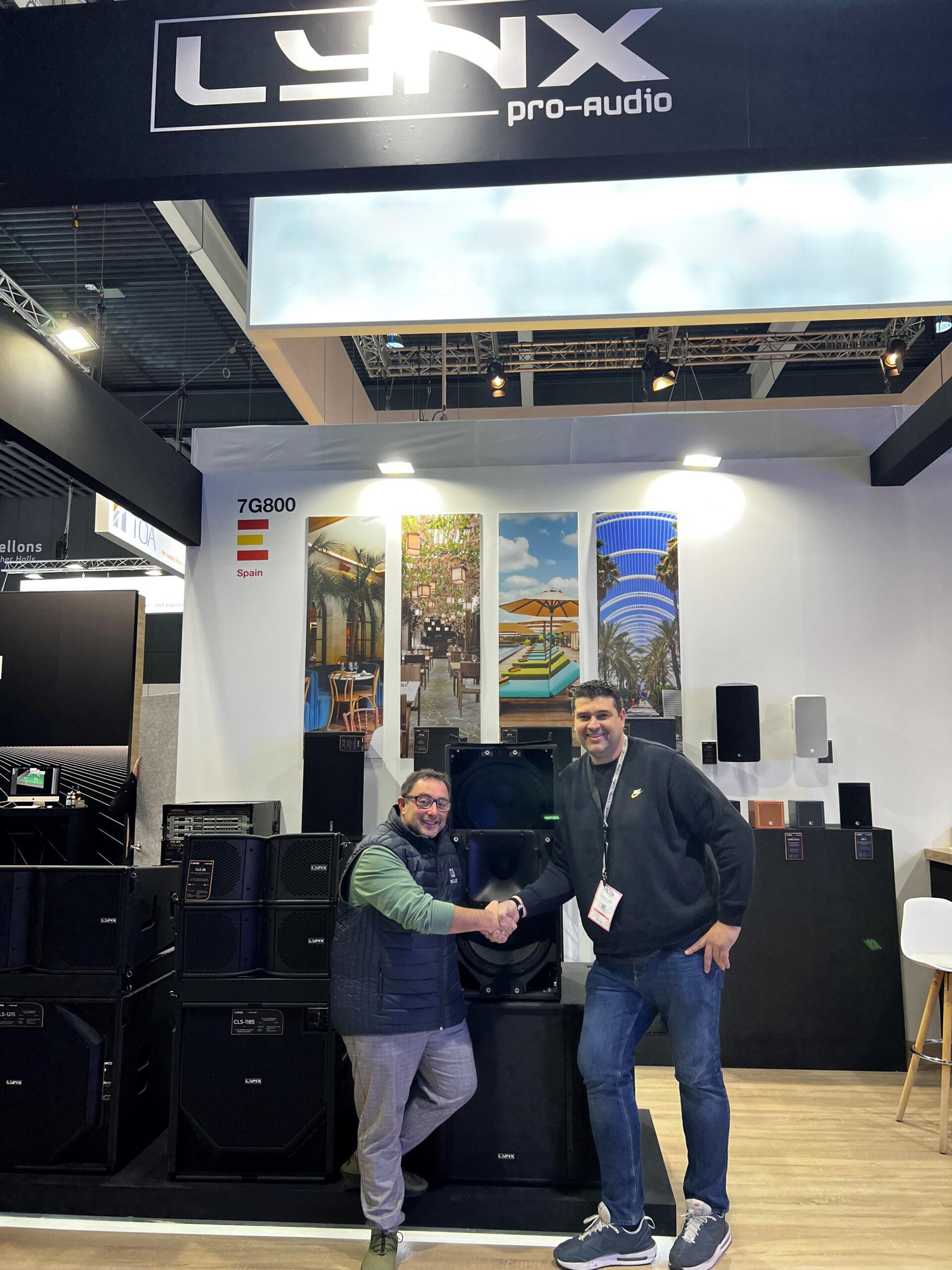
Lynx Pro Audio installation nominated for the Mondo Awards 2023
We are proud to announce that Lynx Pro Audio’s installation at “La Diva” has been nominated for the Mondo*dr Awards 2023 in the “Restaurant” category.
The Mondo*dr Awards 2023 will be held on June 16th at Infocomm, Orlando. These awards are well-known in the technology & entertainment industry thanks to its organizer: Mondo*dr magazine.
“La Diva”has been selected as one of the entries for this year’s awards. This is one of the most chic restaurants in Valencia, which opened its doors just over a year ago and is located near Calle Colón, the city’s shopping hub.
In this restaurant, the sound system is key, since it not only uses ambient music to complete the diners’ experience, but at night the restaurant is transformed into a nightclub, so it needs versatile and powerful equipment capable of working in both environments.
In La Diva, small QB-5 installation enclosures have been installed, painted in different RAL colours to blend in with the decoration and not damage the setting. They have been placed in areas such as the bathrooms, the entrance and the bar area to offer a reinforcement for background music.
The dancefloor is covered by a powerful installation of HR-1596/7, HR-8 and BS-12 enclosures. The HR-15 and HR-8 are found surrounding the entire main room, in white and gold, and the BS-12 are the sound reinforcement in the DJ booth.

